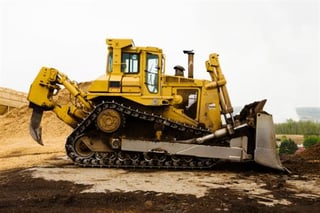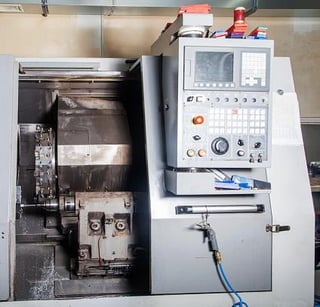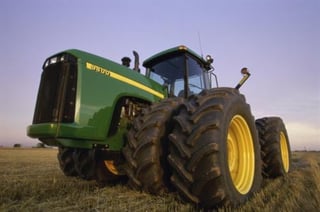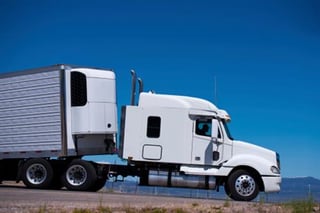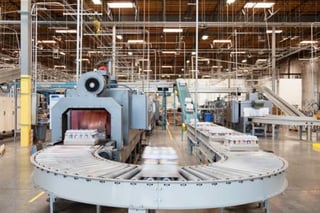
When you work in manufacturing, you know that customer trends and sales can be fickle at times. With the continued economic recovery, many businesses are seeing new growth, but many businesses are unsure how to respond to that growth after the depth of the last recession. How do you figure out when it's time to ramp up production and what assets you have available when it's time to invest in additional equipment, manpower or materials? Here's a quick look at how a manufacturing equipment appraisal can help the process along.
Ramp up production with a manufacturing equipment appraisal
When the market starts to shift in your company's favor, it's very tempting to purchase new equipment, upgrade your existing equipment or expand your operation for additional production. But which one is the right choice for your situation? One way to gain more insight into the issue is by having an equipment appraisal performed.
Equipment appraisals do more than simply determine the value of the machinery, though that in and of itself can be very helpful information. An experienced equipment appraiser looks at a number of factors when valuing machinery which gives you additional insight into when you should expand operations, when you should replace equipment and when simple upgrades may make the most sense.
One area the appraiser looks at is the machinery's overall condition. Because an experienced appraiser spends time every day looking at equipment, they have a good feel for when the equipment is getting ready to fail. For this reason, they can often determine how much longer the machinery will function, also known as expected useful lifespan. If your machinery is at the end of its lifespan, you may want to replace it. If you have equipment that is fairly new but has been poorly maintained, that will impact the expected useful lifespan of that piece of machinery. If on the other hand, the ancient but well-maintained extruder you have is still in excellent condition, the appraiser may recommend you keep it in production for the foreseeable future.
Another area that is looked into is the market. Experienced appraisers have often seen the market for your sector go through changes. This allows them to estimate the value of your machinery based on market projections. They may be able to share those insights with you, saving you the expense of expanding your operations just in time for the market to downturn, leaving you with machinery that has quickly devalued with the market slowdown. If the market is expected to continue doing well for a period of time, you may be able to replace or upgrade your equipment to allow for faster or more economical production, or simply expand your production to take advantage of the steady nature of the current market.
The US economy seems to be in a solid state of recovery, with growth turning into manufacturer's higher profits. When you get a manufacturing equipment appraisal, you have the opportunity to learn a great deal about the condition and value of one of your business' biggest asset pools: your production machinery. By learning this information, you can quickly leverage that knowledge to decide whether you need to upgrade, replace or expand particular types of equipment to boost sales and profitability. The benefits of equipment appraisal give you valuable insights that help you manage your business more efficiently and with greater flexibility than ever before.


